Column

Like many people I have a jomidari background. There is a lot of glamour and show shah attached to the idea of jomidari and its lifestyle but at the end of the day it's just a profession. People go through many kinds of activities to make a living and jomidari is just another activity of that kind.
Usually jomidars were officials of some higher royal who got land grants from their superiors -as in the case of the Pannis of Tangail- or traders who made a lot of money and used it to buy jomidaris. Under British rule this was common such as the case of the Tagores or the Nawabs of Dhaka.
My ancestors were a little mixed and more interesting as they became Chowdhury by marrying into a jomidar family without a male heir but were also wealthy traders who bought many jomidaris particularly in Borishal and also Noakhali. But who would you call that an achievement? I wouldn't.
I was recently invited by the Raipur school where my dad had also studied to write an article on my family history. So in this article I explain what makes me proud to be a member of this clan and why.
The distant "roots"
The Bangladeshi address of my ancestors was Raipur, once Noakhali, now Lakshmipur. Our relationship with the place is almost non-existent. I went there once in 1966 with my father, when my granduncle Gazanfar Ali Chowdhury was still alive. He was the last person who had actually been a jomidar before the system ended in the early 1950s.
That trip was also my father - Golam Mohiuddin Chowdhury's only visit to Raipur after 1947. He grew up in Kolkata, the city and home he was drawn to. Dhaka is where he lived and worked. So we do not have a "village home" in that sense but yet feel a strange pull towards the locality, region, family, clan, etc. Maybe it's all in the continuous blood or ancestral DNA.
In 1966, several of Murubbi's relatives were still alive, and from them I learned the name of the family patriarch who first came to this area -Pehlewan Shah. I thought my ancestors were wrestlers but later found it to be a name associated with others from some parts of Central Asia including from Afghanistan.
They were obviously migrants looking for a livelihood but the local people considered him a saint and the legends grew. His local nickname was "Mahisawar" or the fish rider. I heard that he first came to Char Matua, a nearby coast of Noakhali astride a fish. Maybe the boat he was in capsized and the dolphins saved the drowning people and thus the name. So we are all children of the Meghna River.
Some documents
A few years after 1971, I received a copy of a land deed in which some of the ancestral names were mentioned, including Pehlewan Shah's son's name, Asghar Munshi. This is very important information because munshi means an educated professional so education was part of the family upbringing and economics from the very beginning.
The person who established the zamindari was one Monwar Hossain, nicknamed Monu Mia . He was a businessman and was very active in the Lakshmipur region, especially as a salt trader. However, Manu Mia became a jomidar through marital bonds.
He was a widower. The local zamindar family was led by a widow - Danbibi Chaudhurani - who had two daughters. So she was offered her eldest daughter in marriage and upon that he became the male head of the family. This episode was stated by all the family members including my grandmother and also confirmed by Mr. Ali Ahmed a senior official of the Dhaka University Library, a person from the region and archivist.
Education +
Once I was going to Delhi by train in India (2000). I met a North Indian gentleman who wanted to know if I had any relatives in India. So I mentioned my another Grand uncle's name, Prof. Kafiluddin Chowdhury of the Pune Institute of forestry.
The gentleman was completely taken aback. He said, "Do you know he is the pride of India, the greatest botanist of this country. "I nodded with pride written all over my face.
I think we know less about him because he did not come to Pakistan after 47. He was in Pune with his work and later joined Aligarh University as a Professor. He was the first Ph.D. of Greater Noakhali and one of the leading scientists of South Asia. But let me share an interesting anecdote. What was the name of the house he built at Aligarh? Raipur Cottage. And that's what I call my ancestral tug and pull.
The Barrister and the poetess
Another Granduncle was Barrister Lutfe Ali Chowdhury I, the first barrister of the entire Noakhali district. He was a very good student and passed his matriculation in 1920s in the top ten in the entire Bengal Education Board. After that he went to Kolkata and then off to Cambridge University to study law and become a barrister and return home. He even admitted me to my first school.
The last person I'll mention is part of the family, but not the clan. The lady Umme Fatema Choudhurani came from far away North India as a bride in this family. She was a poet in Urdu and her work was published in different parts of India before 1947. In 1966, when I went to visit Raipur, my parents introduced her to us as the poet of the family.
There are many more names, achievements but I think zamindari is not our identity. We are a family linked closely to education. No matter where we came from, education is our main identity, our main address, our roots.







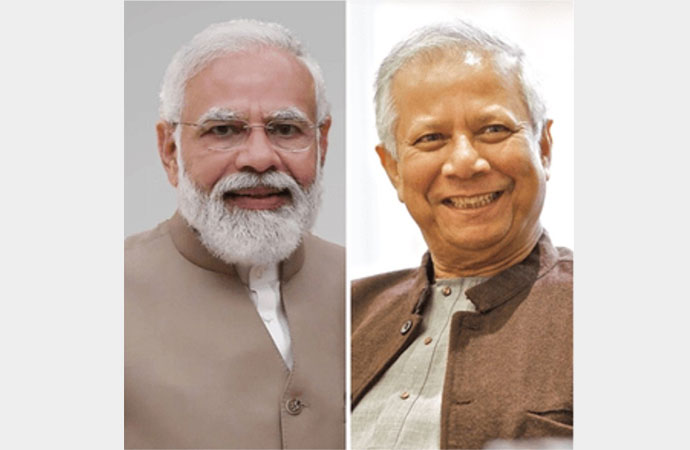
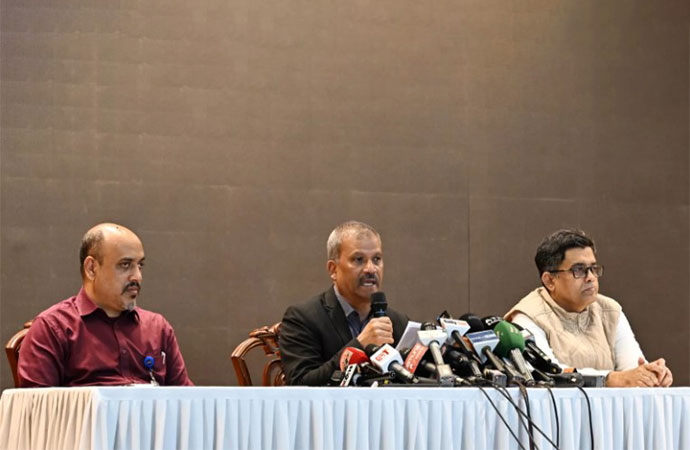

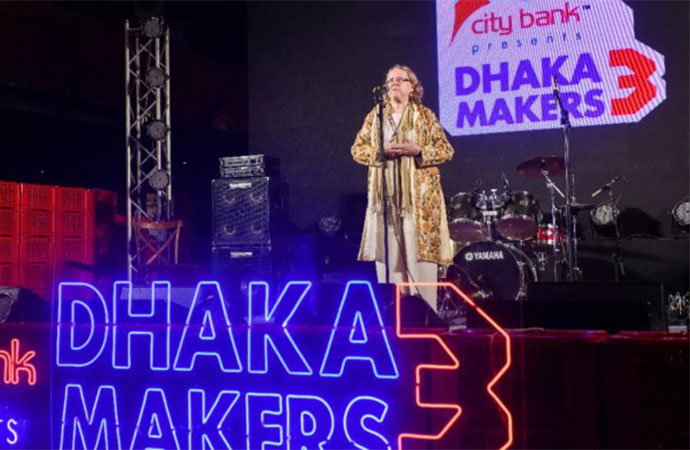
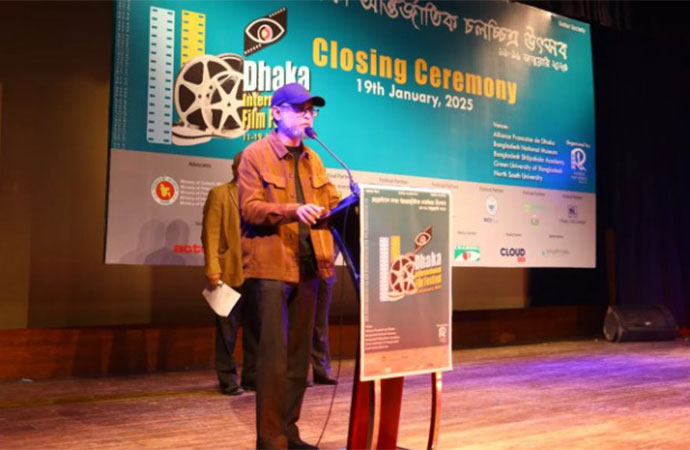
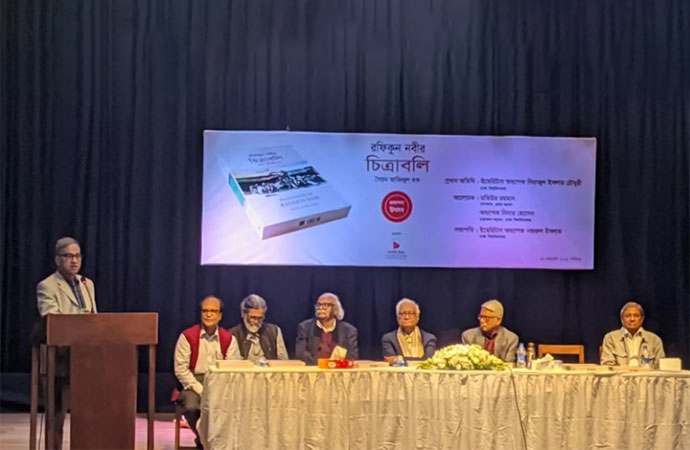
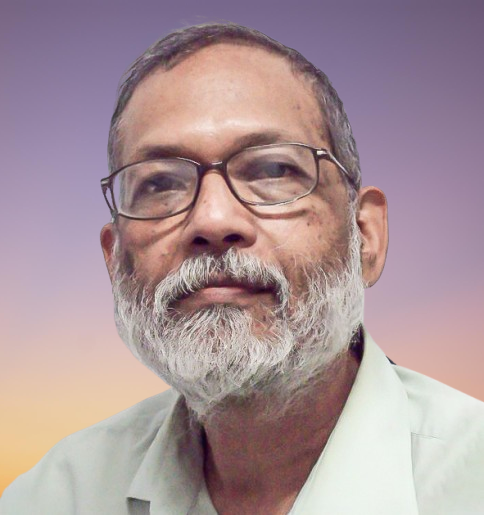

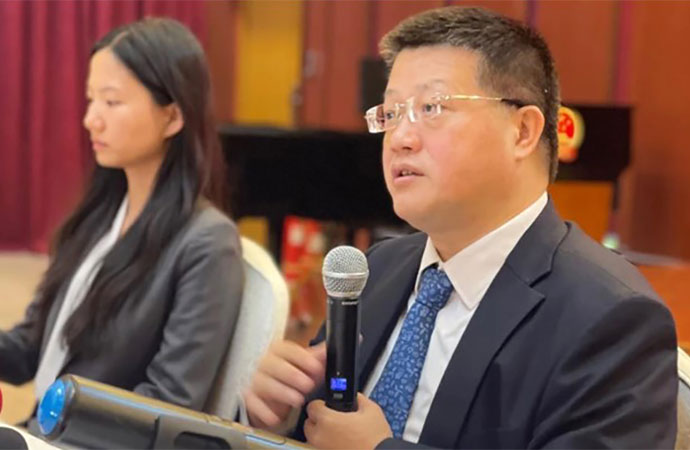
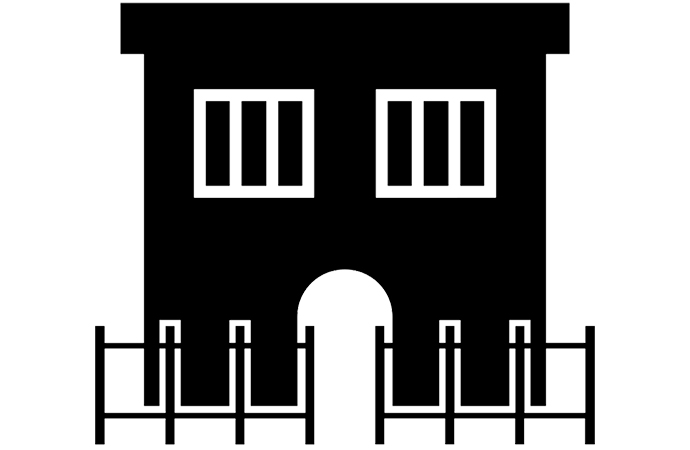
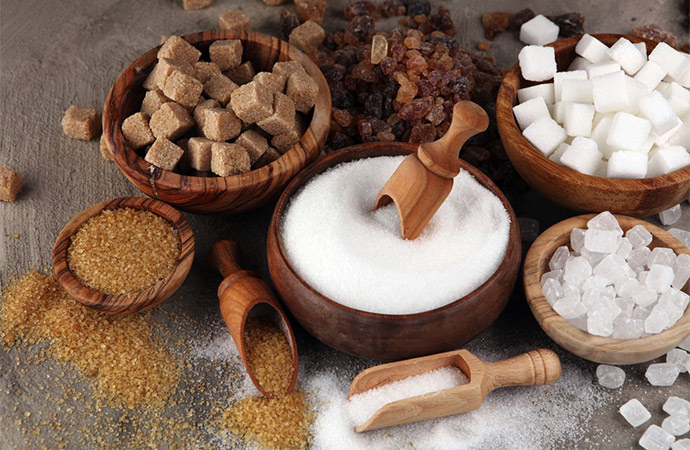

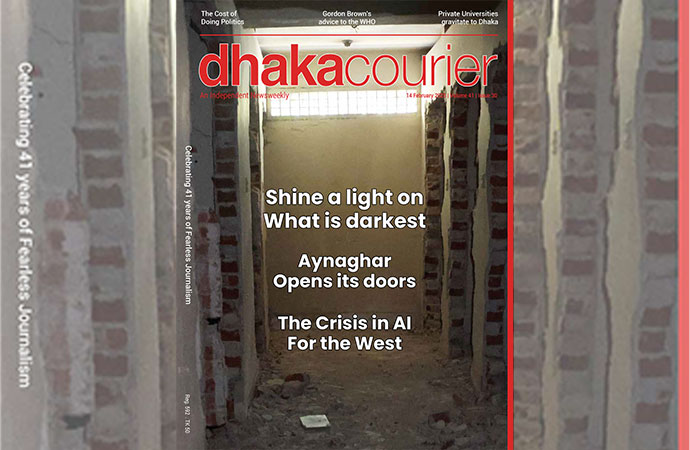
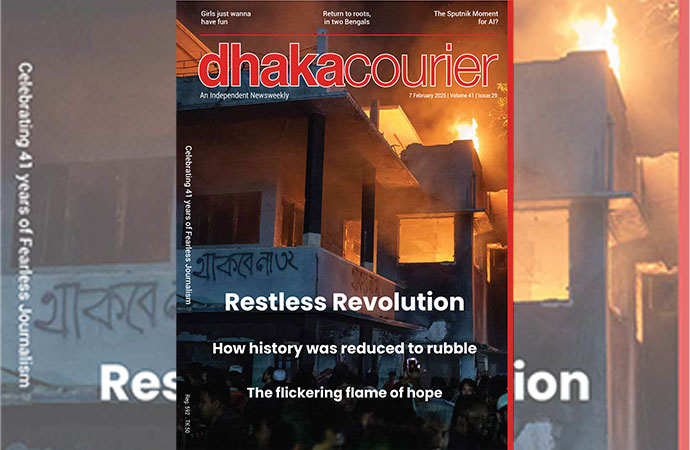
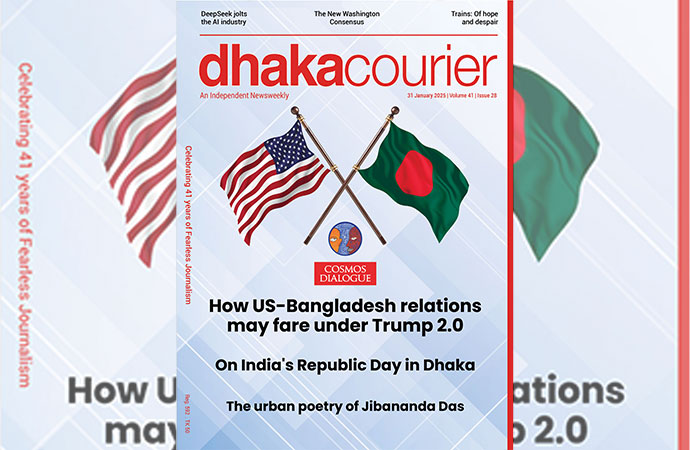
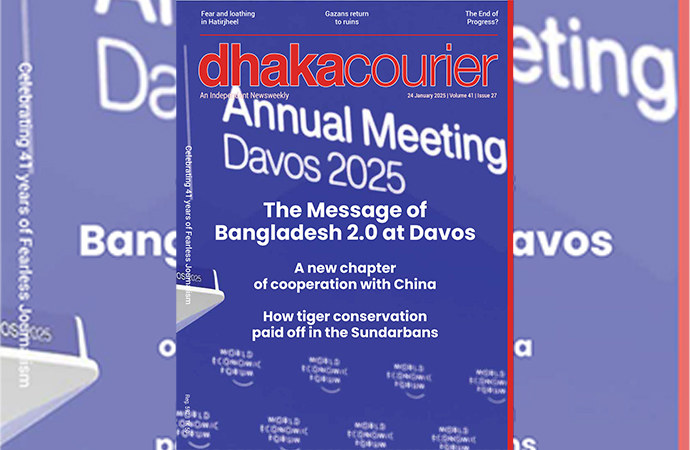
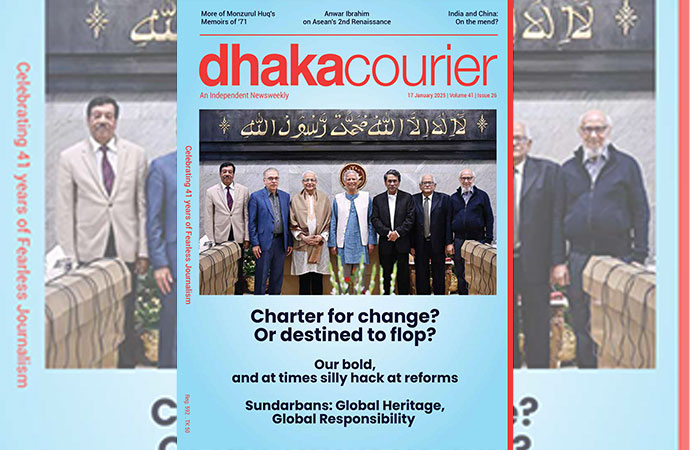
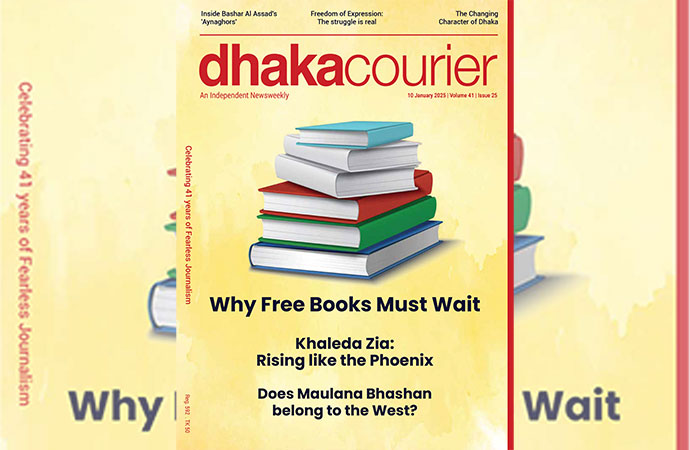
Leave a Comment
Recent Posts
Reflections on Press Freedom
Having been ensconced in the country’s media landscape in a vari ...
Rejuvenating EU ties in an era ...
Ernst B. Haas coined the theory of neo-functionalism to describe the E ...
Farmers Are Not Only Food Producers, They Are Also V ..
10-day 'Amar Ekushey Natyotsab 2025' kicks off at Su ..
How the tables were turned on Ukraine
The New Face of Protest